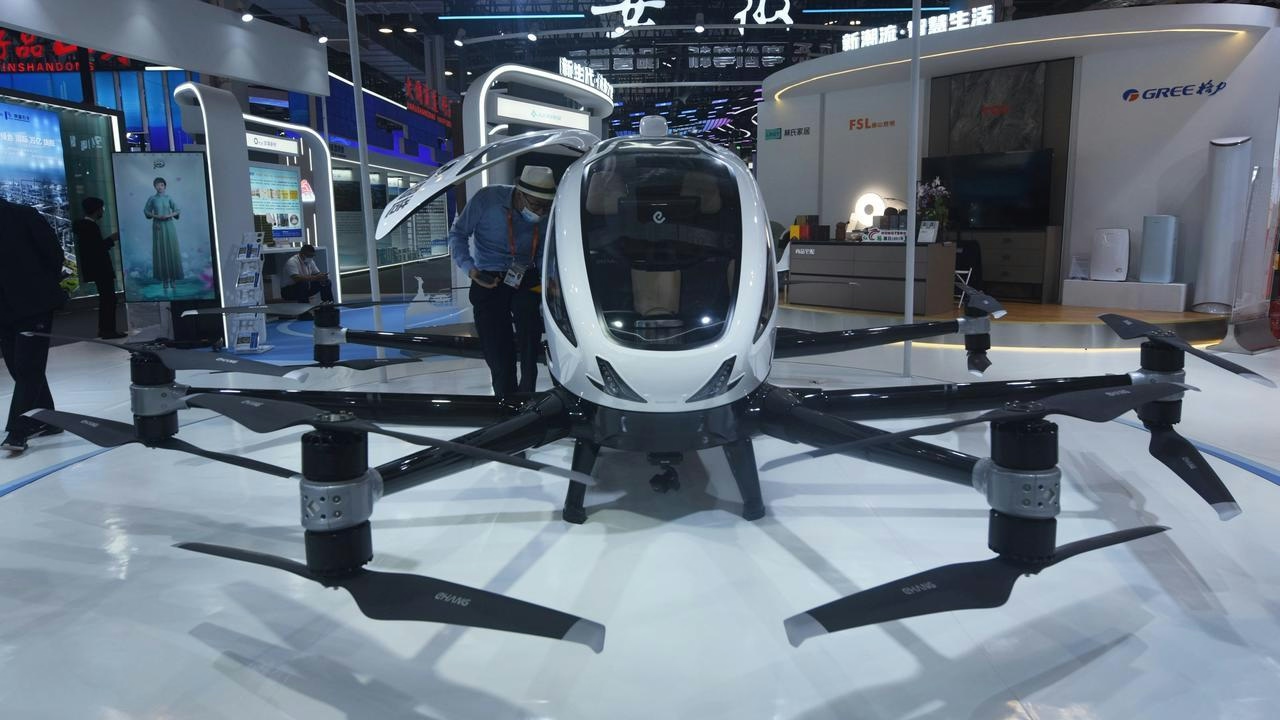
AeroGenie — Uw intelligente copiloot.
Trending
Categories
Embraer Projects 10,500 Aircraft Deliveries by 2044
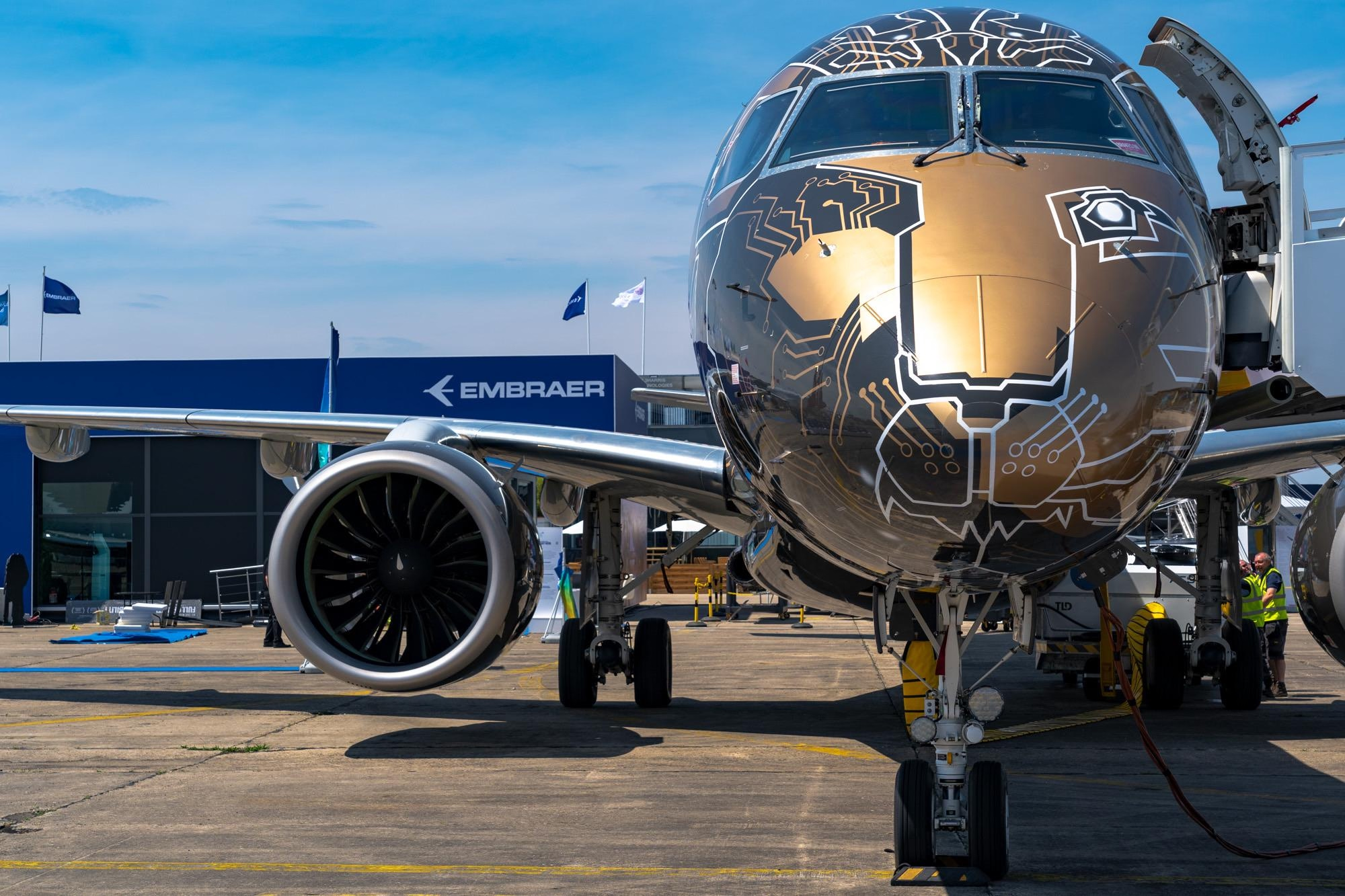
Embraer Projects 10,500 Aircraft Deliveries by 2044
Embraer has released its Market Outlook 2025, forecasting the delivery of 10,500 new commercial aircraft in the sub-150-seat category over the next two decades. The report, unveiled ahead of the Paris Air Show, provides an extensive analysis of global and regional trends influencing demand for jets and turboprops. It also examines the evolving dynamics of air cargo and competitive pressures within the aerospace market.
Stable Demand Amid Global Shifts
The forecast for sub-150-seat aircraft deliveries remains consistent with Embraer’s previous projections, reflecting persistent social, supply chain, and geopolitical factors that have shaped the industry since the pandemic. Arjan Meijer, President and CEO of Embraer Commercial Aviation, attributes this stability to structural shifts such as the transition from globalization to regionalization. He emphasizes that as regions pursue greater strategic autonomy, the demand for enhanced regional connectivity intensifies. Embraer envisions mixed fleets comprising both small and large narrowbody aircraft as essential to aligning capacity with demand while fostering regional development.
Regional Growth and Market Dynamics
Embraer anticipates global passenger traffic, measured in revenue passenger kilometers (RPK), to expand at an average annual rate of 3.9% through 2044. China is projected to lead this growth with a 5.7% annual increase, followed by Latin America at 4.7%, Africa at 4.4%, and the Middle East also at 4.4%. By 2044, the Asia Pacific region is expected to command the largest share of RPK at 39%, surpassing the combined 37% share of Europe and North America. These projections highlight the growing influence of emerging markets in shaping the future of global aviation.
For the first time, Embraer’s Market Outlook includes a dedicated analysis of China, underscoring the country’s expanding role in commercial aviation. The company’s strategic establishment of a subsidiary in India further signals its commitment to long-term growth and collaboration within key aerospace sectors.
Aircraft Delivery Forecasts and Market Competition
Embraer projects the delivery of 10,500 new aircraft in the sub-150-seat segment by 2044, representing a market value of approximately $680 billion. This total comprises 8,720 jets and 1,780 turboprops. Jet deliveries are expected to be distributed regionally as follows: North America with 2,680 jets (30.7%), Europe and the Commonwealth of Independent States (CIS) with 1,990 jets (22.8%), China with 1,500 jets (17.2%), Asia Pacific with 1,050 jets (12.1%), Latin America with 770 jets (8.8%), Africa with 380 jets (4.4%), and the Middle East with 350 jets (4.0%). In the turboprop segment, Asia Pacific leads with 640 deliveries (36%), followed by North America at 15.7% and Europe and CIS at 14.6%.
Despite these optimistic forecasts, Embraer faces significant competition from aerospace giants Airbus and Boeing, both of which are striving to increase delivery rates amid ongoing supply chain challenges and robust market demand.
Cargo, MRO, and Business Aviation Growth
The report also highlights a rising demand for cargo aircraft, including conversions from passenger to freighter configurations, driven by the expansion of e-commerce and global trade. Embraer underscores the operational flexibility of smaller aircraft for regional cargo routes and network growth.
In addition, the company projects that maintenance, repair, and overhaul (MRO) services for regional jets will generate $43.6 billion in revenue over the next decade, reinforcing Embraer’s strong market position. The business aviation sector is experiencing renewed momentum as well, with aircraft deliveries expected to increase by 11% in 2025, reflecting robust demand for Embraer’s business jets.
Embraer continues to invest in new technologies across its product portfolio, positioning itself for sustained growth and innovation in an increasingly dynamic aviation landscape.
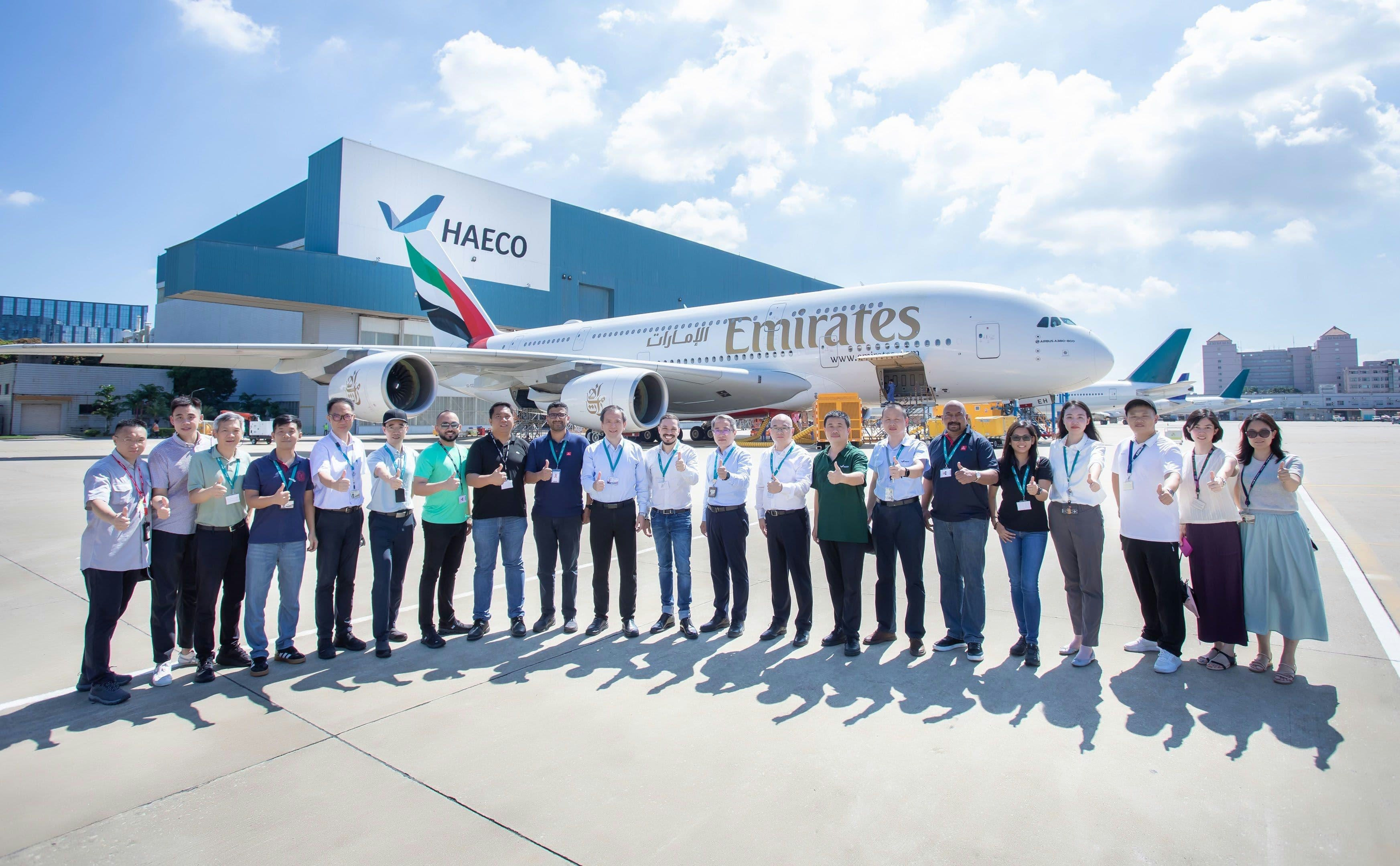
Collins Aerospace and Emirates Extend A380 Landing Gear Maintenance Agreement
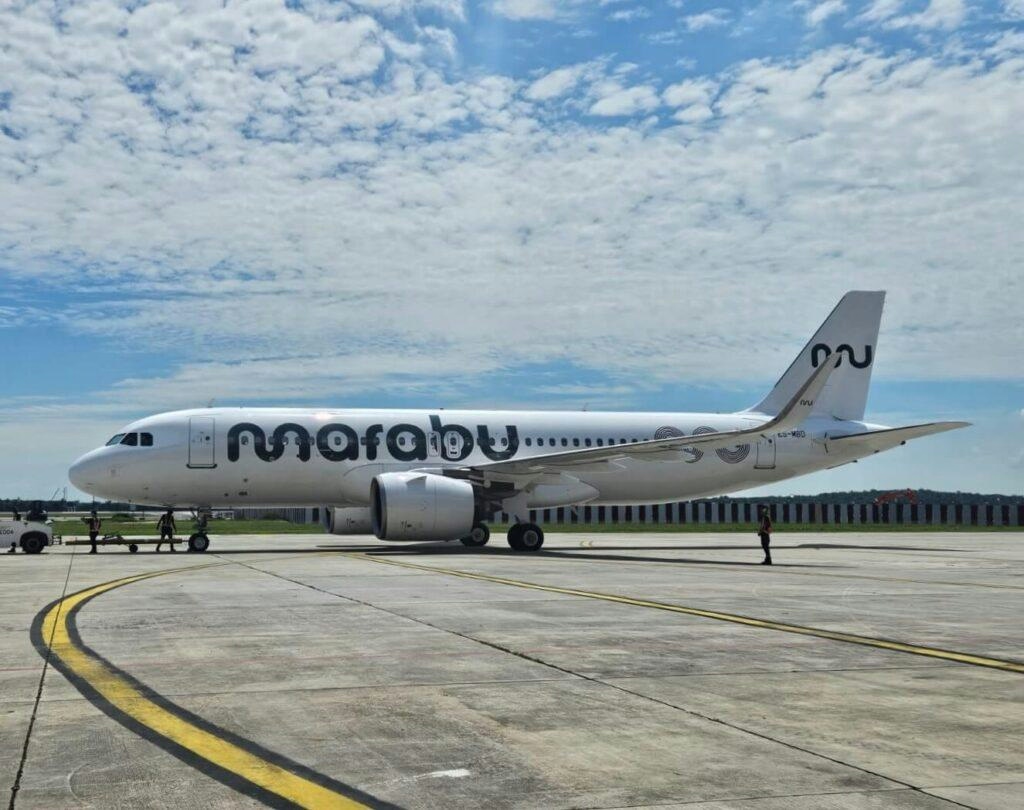
CDB Aviation Leases Four A320neo Aircraft to Marabu Airlines
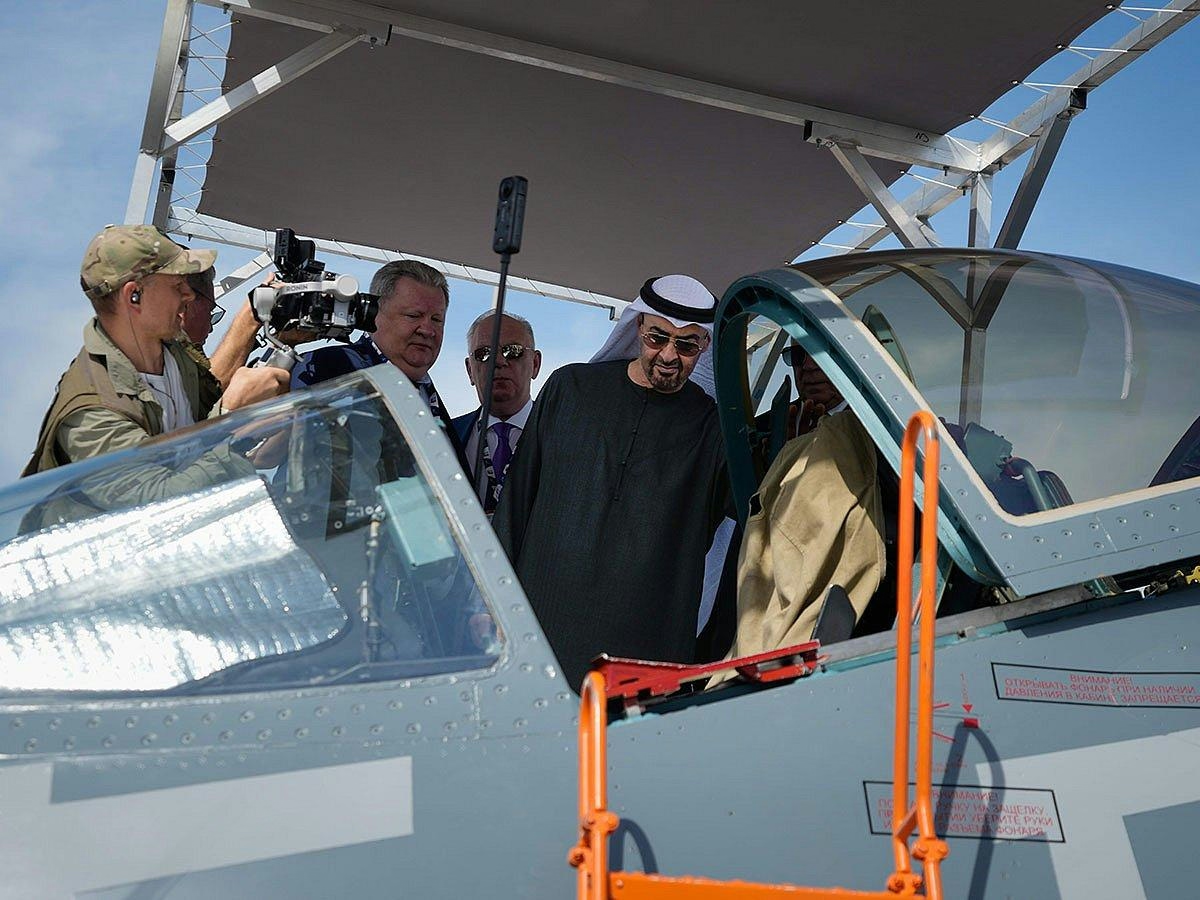
Sheikh Mohammed Visits Dubai Airshow Highlighting Innovation and Expertise
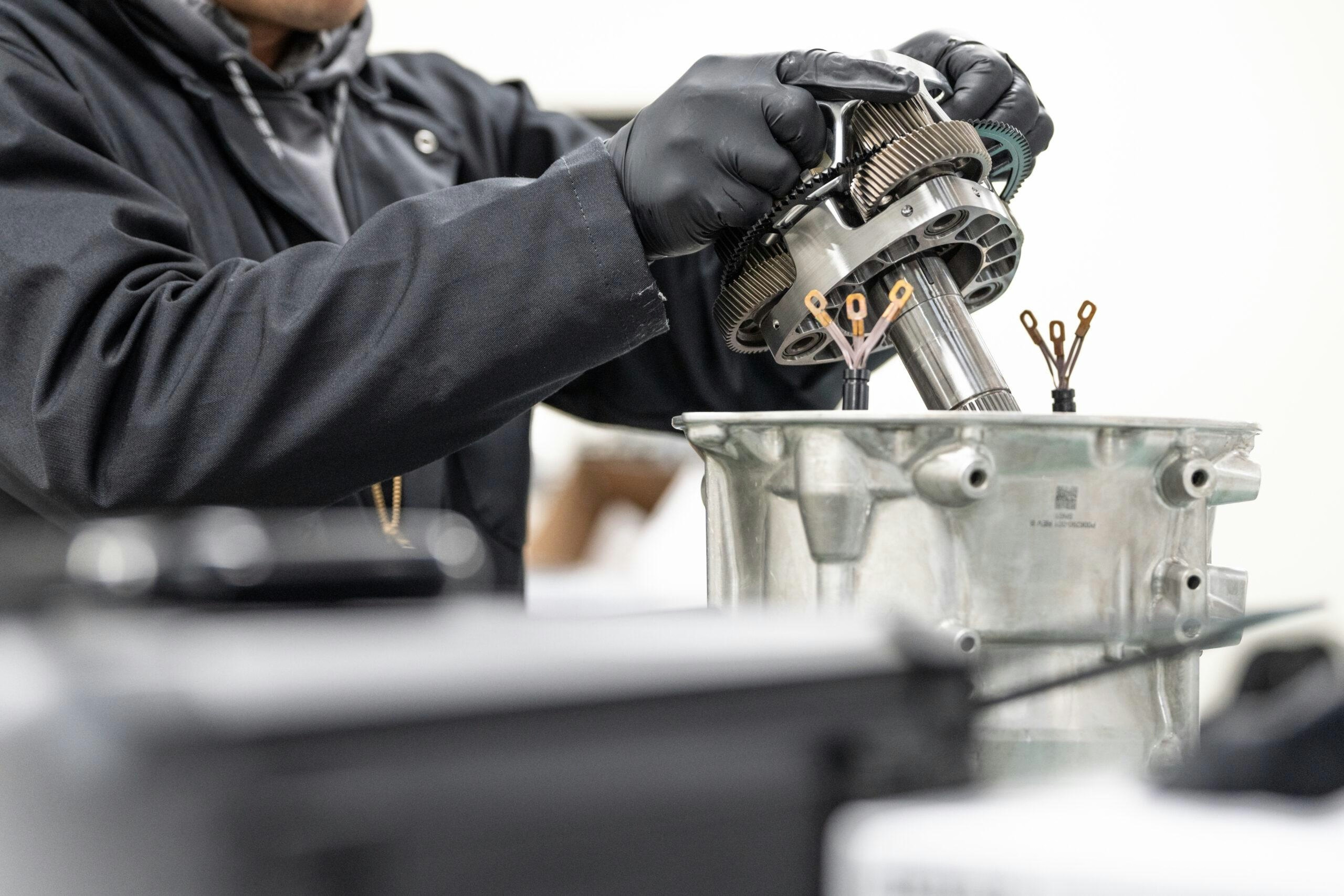
Archer Provides Electric Air Taxi Powertrain for Anduril’s Omen Concept
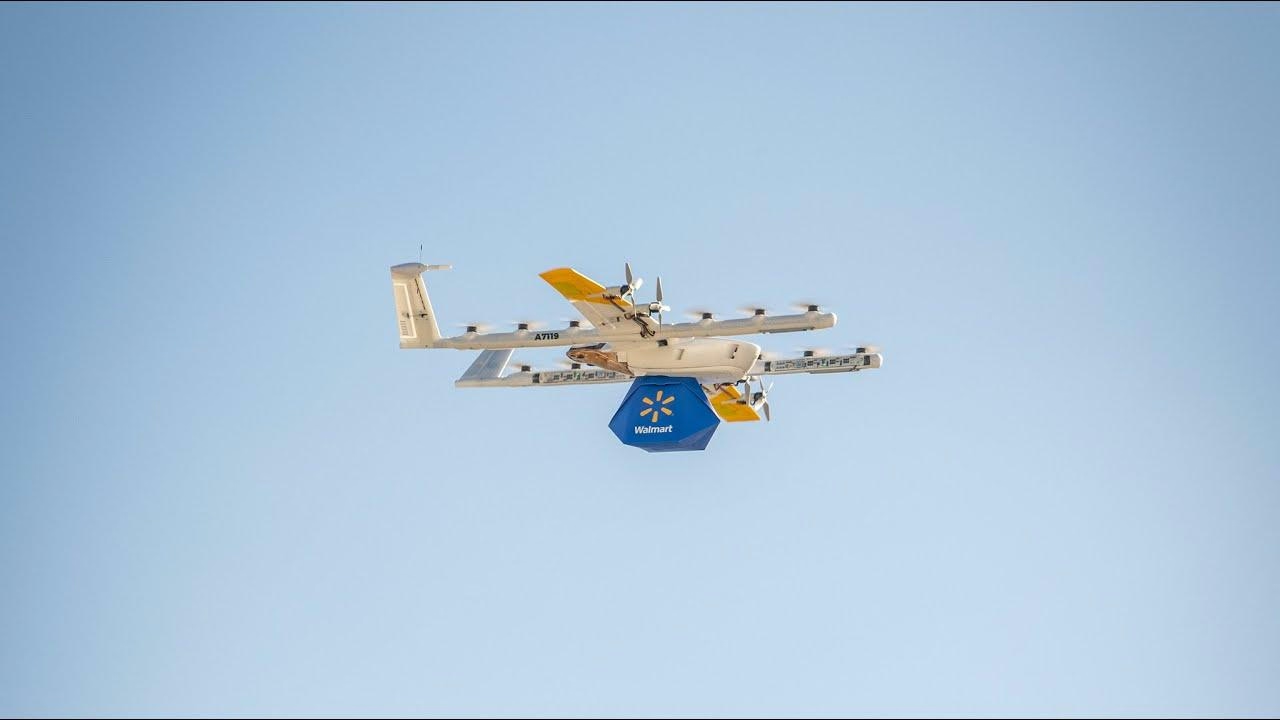
Concordia Partners to Advance Drone and E-Aircraft Technology
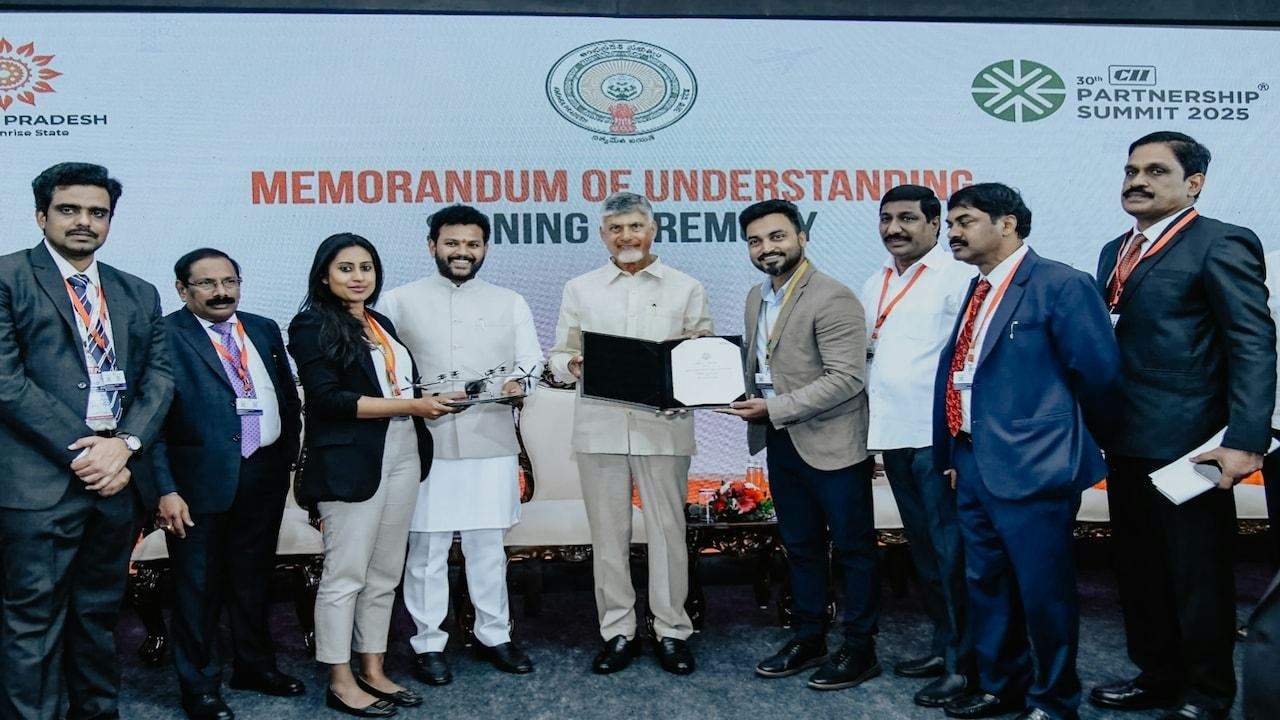
Sarla Aviation to Invest ₹1,300 Crore in Aerospace Facility in Andhra Pradesh

Passengers Respond Positively to Airline’s AI Flight Attendant
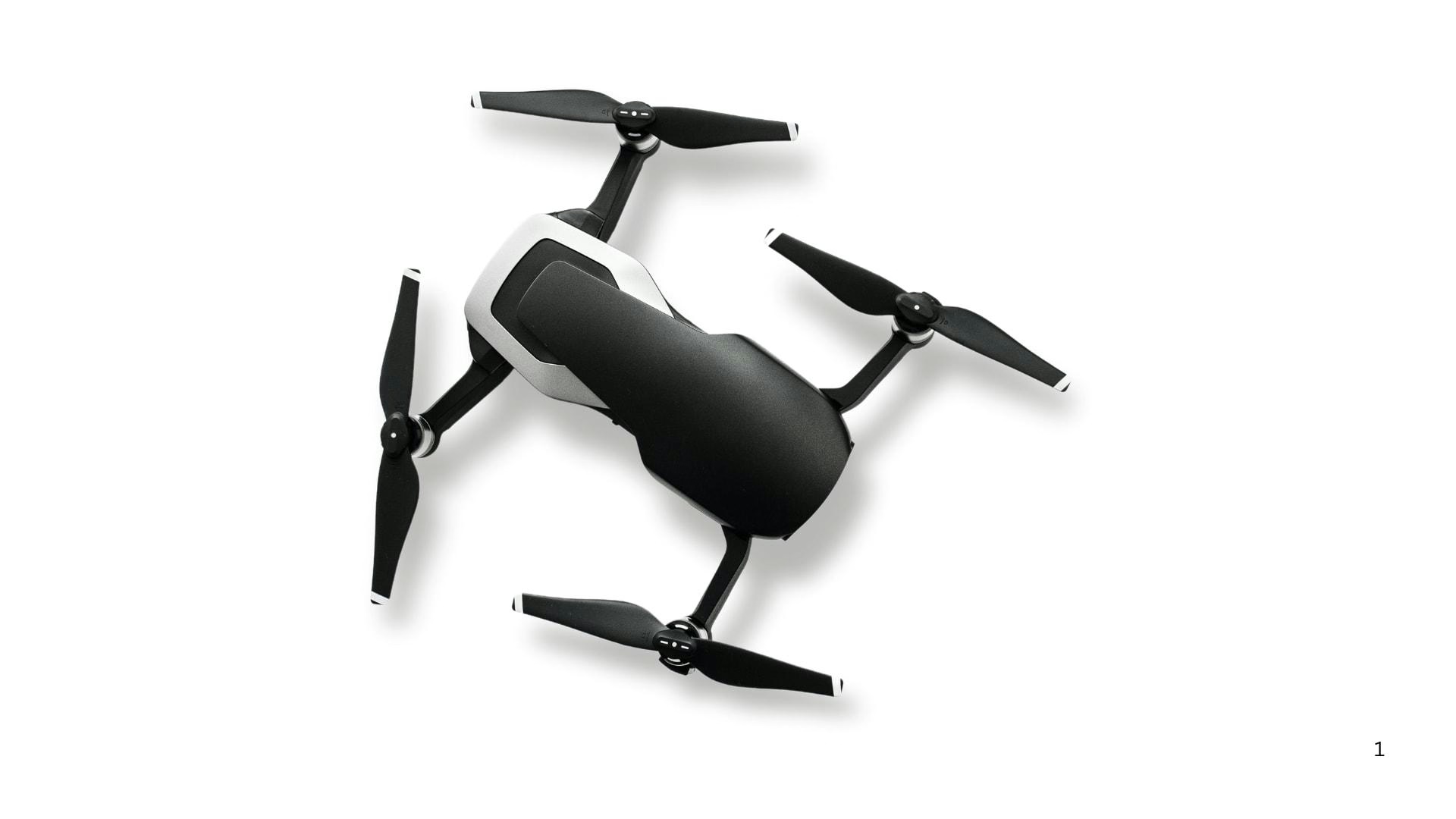
Drone Market Outlook: Trends and Forecasts Through 2033

Google Develops AI for Travel Booking and Updates Travel Tools
